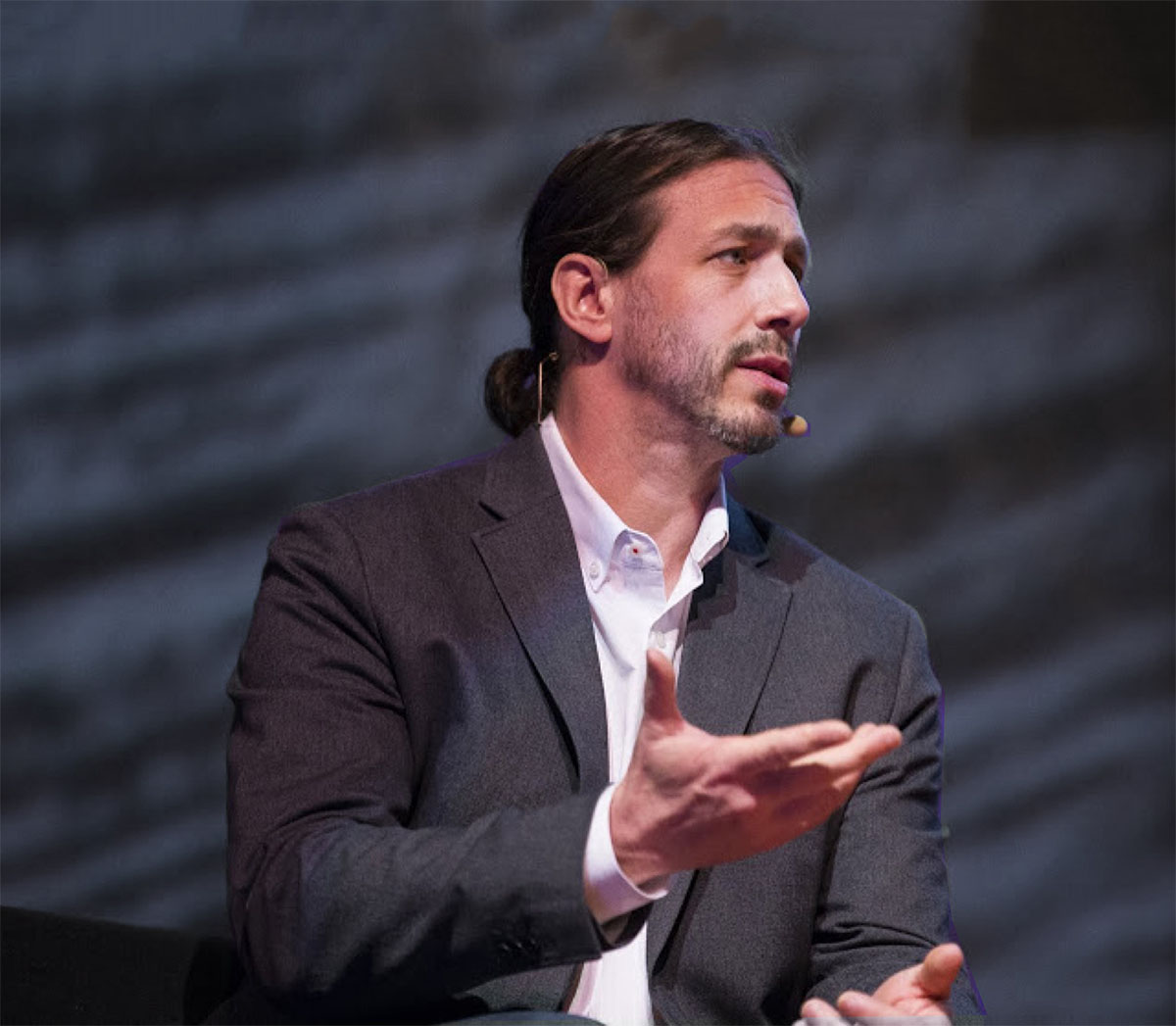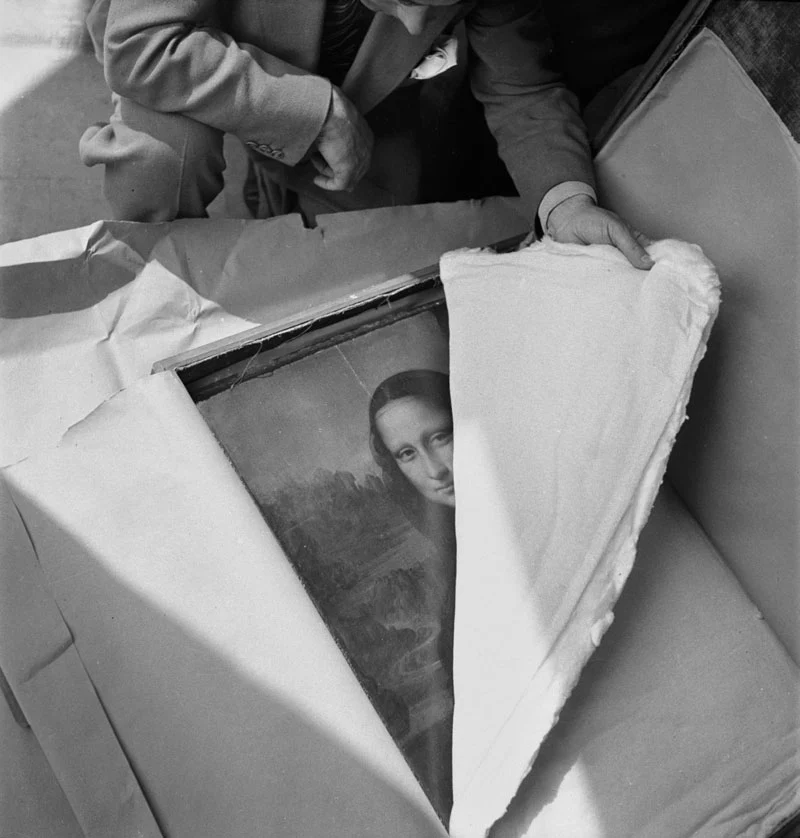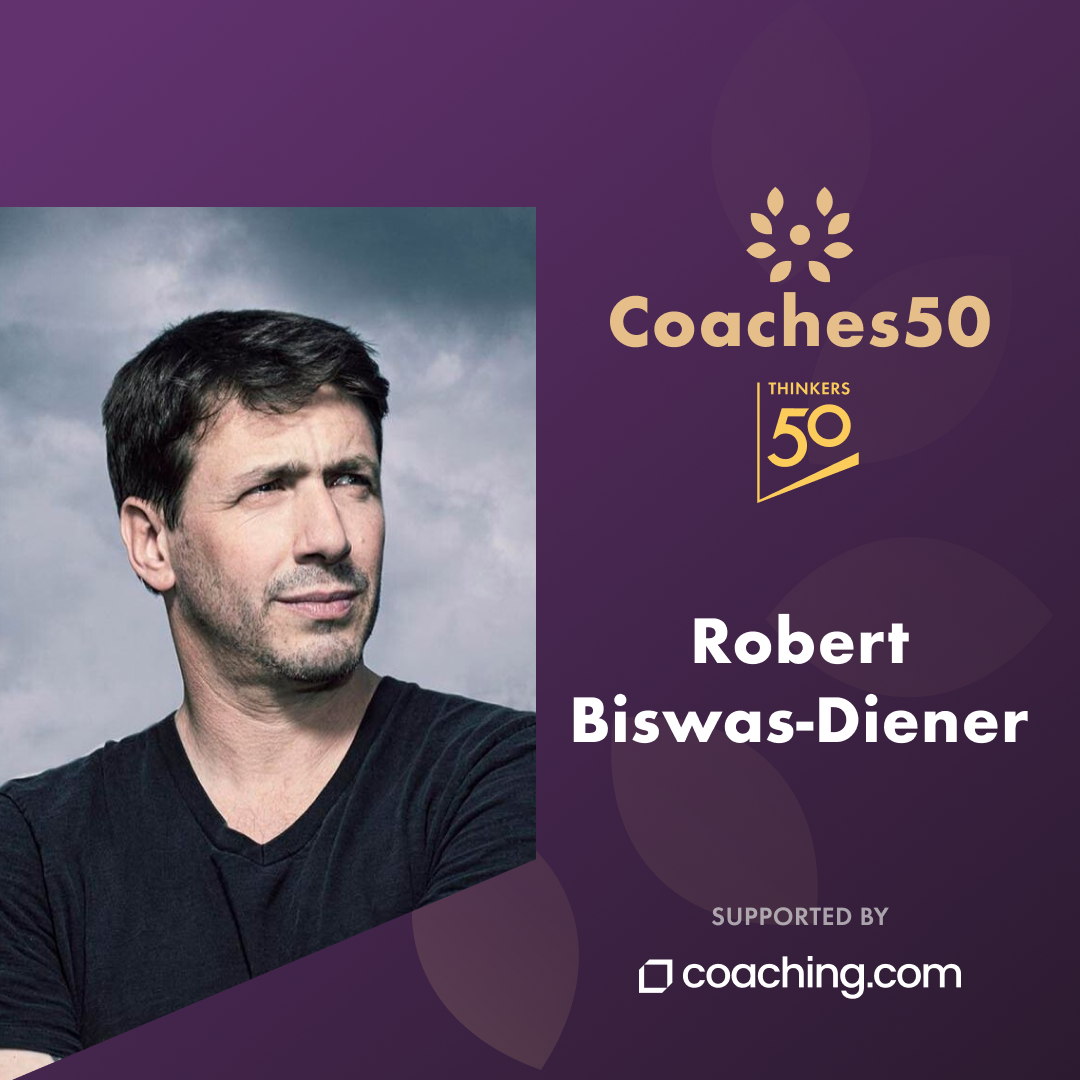That's What Friends Are For
By Dr. Robert Biswas-Diener

Friendships are our most voluntary and, often, enjoyable relationships.
Introduction: Imaginary Friends
During the height of the global pandemic, people were struggling with feelings of isolation. Birthday parties and wedding receptions were being held online over digital platforms. Cities were mandating “lockdown” and “stay-at-home” orders. More and more, people seemed to be turning to entertainment services such as Netflix. Don’t be too hard on them if their television viewing was spiking. It turns out that characters in TV dramas can help fill a social function. Although we cannot interact with our favorite characters, they come to feel familiar and safe. They are, in effect, our friends. In one study, Satoshi Kanazawa found that watching TV dramas increased satisfaction with friendships more generally. Sure, your favorite detective will never take the place of your real-life bestie, but she is still there for you when you need her.
The research findings on TV friendships are, in a way, an extension of the imaginary friends of childhood. Not every child had one, but many do. My father had an imaginary friend name Poozy. My son had one named Tara, who, incidentally, is his cousin (so maybe less of an imaginary friend than just playing with his cousin when she wasn’t there). I had a Snoopy plush toy that I would get into adventures with—braving storms, climbing waterfalls, and escaping from laser cages. In each of these examples, it is clear that friendship is something that we construct.
Friendship was a hot research topic in the 1980s, and I am surprised that it has not enjoyed more of a resurgence under the umbrella of positive psychology. I have published several research articles on friendship-related topics, but you rarely hear this subject discussed at positive psychology conferences or in journals. Here, I would like to advocate for friendship as both appropriate to positive psychology and important to life. You can see the pervasiveness of this topic in the myriad phrases we have concerning friendship. Dogs are “man’s” best friend. We have fair-weather friends. We’ve got a friend in the business. We have a circle of friends. We even have products that are user-friendly or environmentally friendly. The list goes on and on.
Friendship, historically speaking, is a relatively new phenomenon. Ten thousand years ago, people clustered together in clans and other kin-based groups. There were no opportunities to choose companions based on similar interests and values. As societies became more affluent and technologized, however, they shifted from a collectivist to an individualist mindset. Over the last few hundred years, with the rise of individualism, people have been able to meet and make friends like at no other time in history. And we do: meet and make friends. This is because friendships provide a wide range of benefits. Below, I will discuss the definition, the benefits, and the stages of friendship.
What Are Friends?

Like many topics in psychology, it is easy to intuitively know what a friend is until you try to define it. Clearly, it is a relationship of some sort, but it can be difficult to disentangle from related concepts such as acquaintance, colleague, and peer. Over the years, many researchers have planted their flag in one or another definition of this important topic. As you might expect, each definition varies slightly from the others. Rather than try to judge which is the best definition, I will simply distill the various components of the diverse approaches to friendship.
Friendship, simply put, is a voluntary relationship in which friends seek out each other’s company, largely for mutual enjoyment. There you go. Unlike family or work relationships or neighbors, friendships are voluntary. They are the connections we choose. It follows that we choose people who are similar to us. Our friends are more likely to share our values and our interests than our family members or co-workers. Sharing values allows people to relax, and this easy-going tone is a primary characteristic of friendship. Similarly, mutually enjoying pastimes such as playing soccer, going to the theater, or cooking offers friends a playground in which to spend their time together.
The final definitional aspect of friendship is reciprocity. Friends assume a social contract of mutual responsibility for caretaking the relationship. If one friend needs emotional support, the other is expected to lend it. If one friend needs a hand moving some furniture, the other should be invested in helping. If one friend invests time in the relationship, so should the other. This invisible ledger of reciprocity explains why some friendships wax and wane. When friends grow apart, such as some of your friends from high school or college, it is often because one or both are no longer investing in the back-and-forth required to keep a friendship alive. You can think of a friendship much in the same way that you might a user account for a website. If you use it frequently, your password is stored, and you are recognized and welcomed. Abandon it for too long, however, and you might find that you need to create a new password and re-enter some of your basic information.
Interestingly, friendship is harder to define than many other relationships because, according to some scholars, it is not categorical. If you think about “cousins,” for instance, it is easy to determine if a person is your cousin or not. If you consider “co-workers,” it is pretty clear who does and does not fall into this category. But, friends? The boundaries around this category are much fuzzier. I enjoy the company of my neighbors, and we sometimes dine together. Are we friends? Sort of. But some of my relationship with them—fetching their mail while they are out of town—is more neighborly than friendly. What about my colleagues? There are fellow researchers I meet with at annual conferences, and we have dinner or a drink together. We laugh and exchange ideas. We are authentic and respectful. We are friendly, no doubt. For many of these folks, however, the word colleague—or even friendly colleague—is a more apt descriptor than a friend. This is because friendship is a continuum rather than a category.
That's What friends Are For

There is an old adage: friends are God’s way of apologizing for family. This quip is meant to be humorous, but, at its heart, there is the suggestion that the friend relationship exists because it serves some useful function. Indeed, researchers have long mused about and investigated the potential benefits of friendship. There are many. Friends serve us in a variety of ways:
- Cognitive: friends provide stimulation
- Cognitive: friends provide a frame of reference
- Social: friends provide emotional support
- Social: friends provide acceptance, respect, and validation
- Material: friends lend items, talent, time, money, and other resources
In the 1970s, one researcher identified unique aspects of friendships in which each dimension could, arguably, be seen as a benefit. For example, friends are entertaining. They gossip, debate, recreate, and generally provide for a good time. Friends are trustworthy (or they wouldn’t be retained as friends). Trusting a person paves the way for relaxed authenticity. They are helpful. Because of the principle of reciprocity, we expect friends to show up both in times of need and in times of celebration. Taken together, this litany of benefits suggests that when people are given a choice in social ties, they generally opt for high-value connections.
How To Win Friends

As I mentioned above, friendship is better described as a continuum than a category. It is a relationship that develops over time. The researcher, Mark Knapp, introduced a model that described the process of forming a romantic relationship. It is useful because—apart from arranged marriages—romantic relationships are similar to friendships in their highly voluntary nature. The “steps” of coming together—or the stages of friendship, if you prefer—include:
- Initiating. In this stage, people form first impressions. In my own research on friendship, my colleagues and I have found that people view the physical attractiveness of strangers based on biological markers such as facial symmetry. Once they are friends, however, physical attractiveness is more associated with personality traits. This suggests that we evaluate strangers, acquaintances, and friends based on different criteria.
- Experimentation. This is the get-to-know-you phase of the relationship. Here, people make small talk. They probe for areas of mutual interest or other connections. They engage in self-disclosure. You know this stage from your own experience chatting with strangers at a party. You realize some are not your cup of tea, and you move on quickly to other conversations. In other cases, you seem to hit it off. This stage can be marked by politeness.
- Intensifying. When you find a connection, you take it to the next level. In the intensifying stage, you move from formal, polite, and safe conversation to more authentic topics. You take more risks, reveal your own thinking, and aim for a more emotional connection. If this stage goes well, you are friendly and seek to engage with the person more.
- Integration. This is where the candle of friendship is lit. If both people feel trusting and connected, they are in the early stages of friendship. They shift from a “me” mindset to an “us” mindset.
- Bonding. Knapp reserved this specifically for romantic relationships. Here, the couple publicly declares the relationship, such as having a wedding. Interestingly, friends occasionally engage in similar behaviors, such as purchasing matching outfits, exchanging friendship bracelets, or moving in together.
Understanding friendship as a relationship that progresses in stages can help you focus effectively on cultivating and maintaining buddies. What you are looking for in a friend is the ability to relax and be yourself because they accept you for who you are, have mutual interests, you find them pleasant and enjoyable to be around, and trustworthiness. Note, however, that these are the same qualities your prospective friends are looking for in you. In the end, making friends is selecting these qualities in others and showcasing these qualities yourself.

About the author
Dr. Robert Biswas-Diener
Dr. Robert Biswas-Diener is passionate about leaving the research laboratory and working in the field. His studies have taken him to such far-flung places as Greenland, India, Kenya, and Israel. He is a leading authority on strengths, culture, courage, and happiness and is known for his pioneering work in the application of positive psychology to coaching.
Robert has authored more than 75 peer-reviewed academic articles and chapters, four of which are “citation classics” (cited more than 1,000 times each). Dr. Biswas-Diener has authored nine books, including the 2007 PROSE Award winner, Happiness, the New York Times Best Seller, The Upside of Your Dark Side, the 2023 coaching book Positive Provocation, and Radical Listening, in 2025.
Thinkers50 named Robert to be among the 50 most influential executive coaches in the world.
Robert Biswas-Diener

Get updates and exclusive resources



